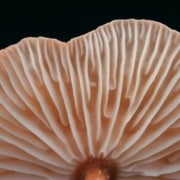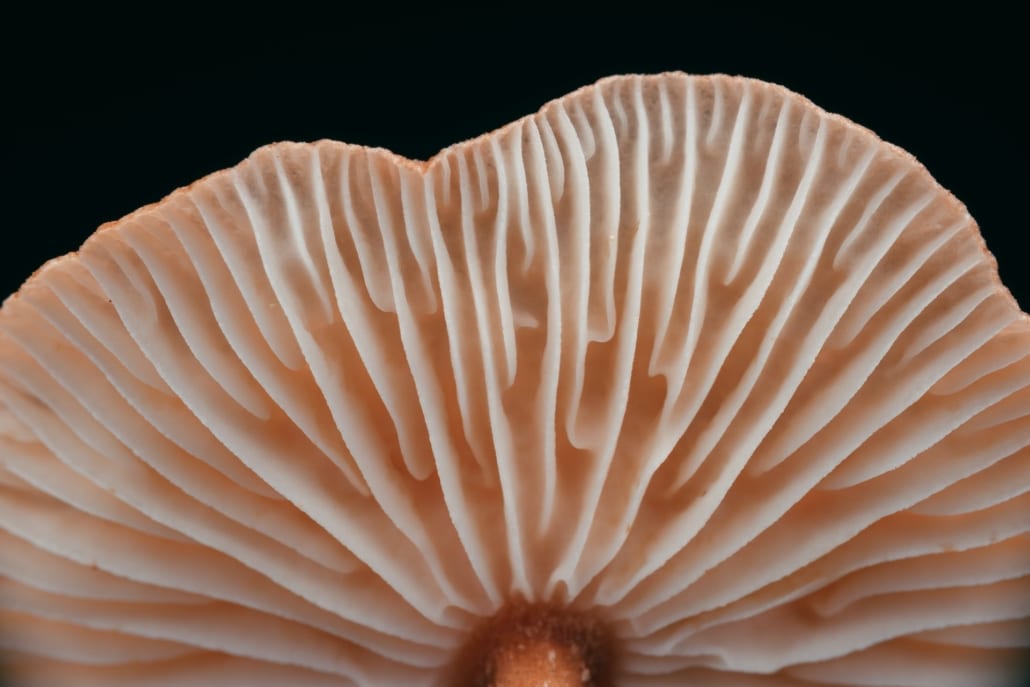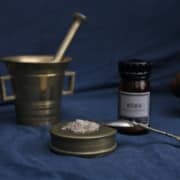This is a guest post from the great Theo. Find him on his website Untangling Self or Twitter.
–
Combining LSD (enhanced creativity and imaginal powers) and MDMA (radical love and emotional safety) to heal complex trauma (#cPTSD) ft. Ideal Parent Figure Protocol
Understanding Complex Trauma: More Than Just Events
You know how we have these negative incident traumas that cause us to develop fear-based emotional learnings?
These events are tangible and specific, making them relatively straightforward to process and resolve. But then there’s complex trauma. It’s not about a single big incident or even a few big incidents, but rather the accumulation of a series of incidents over many years.
Often, it’s not even about something that happened, but things that did not happen, like emotional neglect. Something like your mother not being attuned to your needs or not getting enough physical touch/affection in your early years or your father not being as present. Such psychological malnourishment stunts our development in many tangible and intangible ways, and since none of us had perfect parenting, we are all affected by these issues of lack, to varying degrees.
Ideal Parent Figure Protocol: Tapping Into Innate Reservoirs of Love
Before I delve into my candyflipping experience, let me introduce the Ideal Parent Figure (IPF) protocol which unexpectedly shaped my experience in a beautiful way.
This protocol involves imagining an ideal set of parents that are perfectly suited for you — deeply attuned, present, caring, affectionate, etc.
The Ideal Parent Figure protocol is more than just an exercise in imagination; it can be a beautiful journey into the depths of our own innate capacity for love. This practice enables us to tap into our existing, perhaps untapped, reservoirs of love and affection.
By envisioning the perfect parental figures, we don’t just create a fantasy; we awaken and mobilize the deep-seated love and nurturing instincts that reside within us. Through this process, we can channel this awakened love towards the parts of us that have long yearned for it — the neglected, the unseen, the unacknowledged. It’s like directing a healing stream of compassion and understanding to the corners of our psyche that were left barren in our formative years. This internal flow of love helps in filling the voids left by what we lacked and forming a new, healthy internal working model of secure attachment.
Candyflipping: Magical Synergies
In my personal healing journey, I’ve been delving into the potential of altered states to facilitate the healing of complex trauma.
Particularly intriguing to me is the exploration of synergistic combinations of substances or modalities that might work in harmony to unlock deeper healing. Having processed the explicit, more accessible memories of hurt, I recognize that the journey is far from complete. There are subtle rigidities and tensions that linger in my being, manifesting not just physically but also in my relationships. These subtleties hint at unresolved, deeper aspects of trauma, possibly rooted in the implicit and non-verbal realms of the psyche.
Consequently, I turned to a combination of LSD and MDMA, a pairing often referred to as ‘candyflipping.’ This combination is reputed to be safe and synergistic, potentially offering a unique therapeutic landscape. I could imagine the magic of combining LSD’s boundless creativity with MDMA’s heart-opening warmth for an exercise like the Ideal Parent Figure (IPF) protocol. It felt like having the perfect tools at my fingertips for some serious emotional alchemy.
Trip Report: Nourishing Emotional Landscapes
I went into my session without any specific intentions or plans. I started with 100ug of LSD, intending to take 150mg of MDMA after two hours to align their peaks. The initial part of my LSD trip felt random and chaotic. But when MDMA entered my system, the chaos subsided, and the experience became grounded and centered, like a deeply attuned teacher calming a rowdy classroom with love and gentleness.
My mind spontaneously initiated the Ideal Parent Figure process. I started reliving my childhood, intuitively filling up the holes in the parenting I received. It almost felt like it was happening to me, not something I was consciously doing. LSD opened up my mind’s creative floodgates, making the imagined ideal parents in the IPF exercise come alive in vivid, almost tangible detail. It was like painting with an expanded palette of emotional and imaginative colors. Then, enter MDMA, the perfect dance partner for LSD in this journey. MDMA really turned up the volume on feelings of love. It’s like it opened a door in my heart to let in big, warm waves of unconditional love that just kept flowing. More importantly, it allowed me to attune to the needs of my neglected parts and then be with them in ways they needed someone to be.
For me, the dominant feeling during the trip was that of security and stability. I felt radically safe, protected, and seen, which led to a lot of somatic release. As I felt safer, I could relax and let go of body tension I didn’t even know I had. The imaginal work wasn’t just a mental exercise; it was actively transforming my emotional and physical responses. It was as if each release was a physical manifestation of a psychological burden being lifted, a sign that the parts of me that had been holding onto these tensions, perhaps as a response to past traumas or unmet needs, were now able to let go. This process was not just about imagining a safer, more loving environment but actually experiencing it in a way that my body recognized and responded to. It reflected the profound interconnectedness of mind and body, and how imaginal work can bridge the two to facilitate deep healing.
Elaborating on the Ideal Parent Figure Protocol
I believe having role models of what healthy parenting looks like is valuable in the Ideal Parent Figure (IPF) protocol. For me, books, stories, and movies were invaluable resources in this quest. These mediums often present diverse portrayals of parental figures, offering a rich array of examples of loving, supportive, and nurturing parents. As you explore these stories, you may find certain portrayals of mothers or fathers that resonate deeply with you, almost as if they’re filling in the gaps left by your own experiences.
Moreover, engaging with these stories does more than just provide examples; it also helps you develop a heightened sensitivity to your own needs. As you empathize with characters and their relationships, you begin to better understand your own emotional landscape. You start to identify what kind of support, affection, and guidance you needed but didn’t receive. This understanding is key in the IPF protocol, as it guides you in imagining ideal parents who can meet these specific, previously unmet needs.
I find it important to clarify that the Ideal Parent Figure (IPF) protocol isn’t about replacing, competing with, or correcting your actual parents. It’s a thoughtful imaginal exercise that also helps you develop a deeper empathy for your real parents, understanding their limitations and strengths. The experience not only allowed me to experience ideal parenting but also helped me connect more deeply with my actual parents, especially my father. It gave me a deeper understanding of our relationship. I could also allow myself to feel and cherish the gifts and love I have inherited from him.
In a way, the IPF protocol serves as a bridge to access the love you did experience from your parents and others in your life, even if it was imperfect or sporadic. And then redirecting that love, focusing that energy in a more attuned and intentional way towards parts of yourself that missed out on it.
–
Find more from Theo at his website Untangling Self or on Twitter.
















